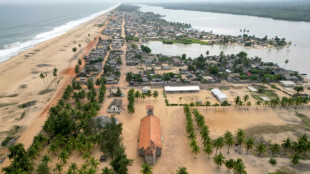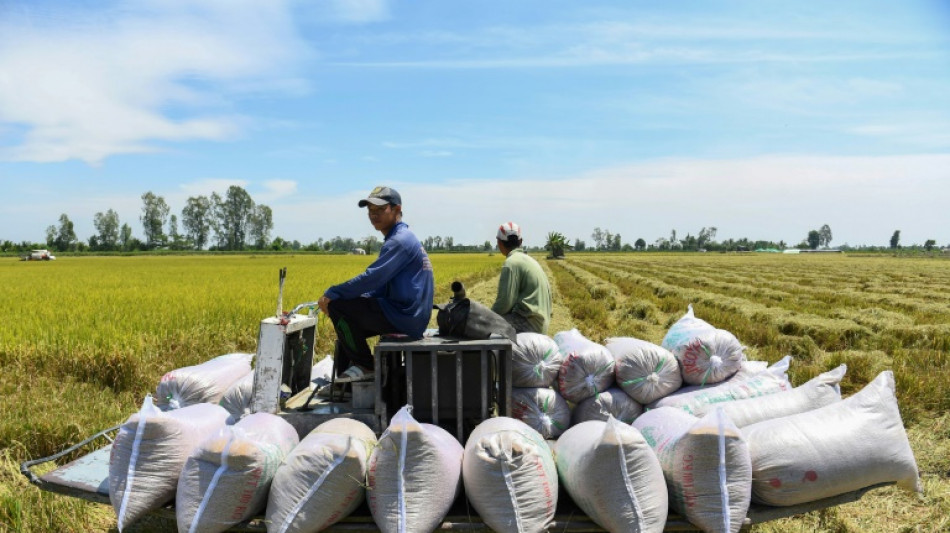
-
 Drought, dams and diplomacy: Afghanistan's water crisis goes regional
Drought, dams and diplomacy: Afghanistan's water crisis goes regional
-
'Pickypockets!' vigilante pairs with social media on London streets

-
 From drought to floods, water extremes drive displacement in Afghanistan
From drought to floods, water extremes drive displacement in Afghanistan
-
Air Canada flights grounded as government intervenes in strike

-
 Women bear brunt of Afghanistan's water scarcity
Women bear brunt of Afghanistan's water scarcity
-
Reserve Messi scores in Miami win while Son gets first MLS win

-
 Japan's Iwai grabs lead at LPGA Portland Classic
Japan's Iwai grabs lead at LPGA Portland Classic
-
Trump gives Putin 'peace letter' from wife Melania

-
 Alcaraz to face defending champ Sinner in Cincinnati ATP final
Alcaraz to face defending champ Sinner in Cincinnati ATP final
-
Former pro-democracy Hong Kong lawmaker granted asylum in Australia

-
 All Blacks beat Argentina 41-24 to reclaim top world rank
All Blacks beat Argentina 41-24 to reclaim top world rank
-
Monster birdie gives heckled MacIntyre four-stroke BMW lead

-
 Coffee-lover Atmane felt the buzz from Cincinnati breakthrough
Coffee-lover Atmane felt the buzz from Cincinnati breakthrough
-
Coffe-lover Atmane felt the buzz from Cincinnati breakthrough

-
 Monster birdie gives MacIntyre four-stroke BMW lead
Monster birdie gives MacIntyre four-stroke BMW lead
-
Hurricane Erin intensifies offshore, lashes Caribbean with rain

-
 Kane lauds Diaz's 'perfect start' at Bayern
Kane lauds Diaz's 'perfect start' at Bayern
-
Clashes erupt in several Serbian cities in fifth night of unrest
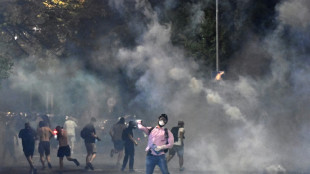
-
 US suspends visas for Gazans after far-right influencer posts
US suspends visas for Gazans after far-right influencer posts
-
Defending champ Sinner subdues Atmane to reach Cincinnati ATP final

-
 Nigeria arrests leaders of terror group accused of 2022 jailbreak
Nigeria arrests leaders of terror group accused of 2022 jailbreak
-
Kane and Diaz strike as Bayern beat Stuttgart in German Super Cup

-
 Australia coach Schmidt hails 'great bunch of young men'
Australia coach Schmidt hails 'great bunch of young men'
-
Brentford splash club-record fee on Ouattara

-
 Barcelona open Liga title defence strolling past nine-man Mallorca
Barcelona open Liga title defence strolling past nine-man Mallorca
-
Pogba watches as Monaco start Ligue 1 season with a win

-
 Canada moves to halt strike as hundreds of flights grounded
Canada moves to halt strike as hundreds of flights grounded
-
Forest seal swoop for Ipswich's Hutchinson

-
 Haaland fires Man City to opening win at Wolves
Haaland fires Man City to opening win at Wolves
-
Brazil's Bolsonaro leaves house arrest for medical exams

-
 Mikautadze gets Lyon off to winning start in Ligue 1 at Lens
Mikautadze gets Lyon off to winning start in Ligue 1 at Lens
-
Fires keep burning in western Spain as army is deployed
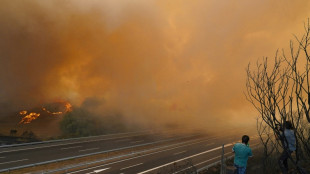
-
 Captain Wilson scores twice as Australia stun South Africa
Captain Wilson scores twice as Australia stun South Africa
-
Thompson eclipses Lyles and Hodgkinson makes stellar comeback

-
 Spurs get Frank off to flier, Sunderland win on Premier League return
Spurs get Frank off to flier, Sunderland win on Premier League return
-
Europeans try to stay on the board after Ukraine summit

-
 Richarlison stars as Spurs boss Frank seals first win
Richarlison stars as Spurs boss Frank seals first win
-
Hurricane Erin intensifies to 'catastrophic' category 5 storm in Caribbean
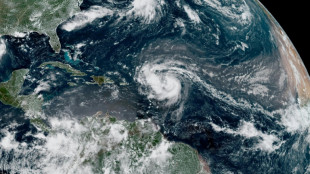
-
 Thompson beats Lyles in first 100m head-to-head since Paris Olympics
Thompson beats Lyles in first 100m head-to-head since Paris Olympics
-
Brazil's Bolsonaro leaves house arrest for court-approved medical exams
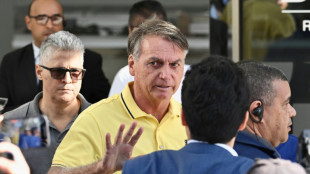
-
 Hodgkinson in sparkling track return one year after Olympic 800m gold
Hodgkinson in sparkling track return one year after Olympic 800m gold
-
Air Canada grounds hundreds of flights over cabin crew strike

-
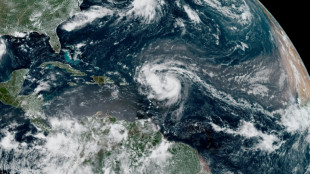 Hurricane Erin intensifies to category 4 storm as it nears Caribbean
Hurricane Erin intensifies to category 4 storm as it nears Caribbean
-
Championship leader Marc Marquez wins sprint at Austrian MotoGP

-
 Newcastle held by 10-man Villa after Konsa sees red
Newcastle held by 10-man Villa after Konsa sees red
-
Semenyo says alleged racist abuse at Liverpool 'will stay with me forever'

-
 In high-stakes summit, Trump, not Putin, budges
In high-stakes summit, Trump, not Putin, budges
-
Pakistan rescuers recover bodies after monsoon rains kill 340
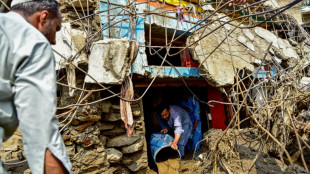
-
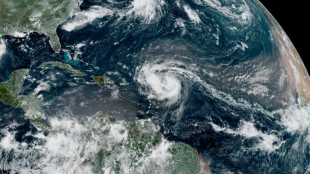 Hurricane Erin intensifies to category 3 storm as it nears Caribbean
Hurricane Erin intensifies to category 3 storm as it nears Caribbean
-
Ukrainians see 'nothing' good from Trump-Putin meeting
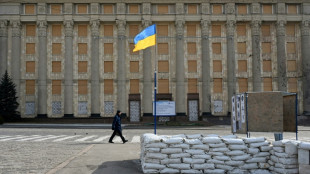

The other greenhouse gases warming the planet
While carbon dioxide, or CO2, is the best known greenhouse gas, several others, including methane and nitrous oxide, are also driving global warming and altering the Earth's climate.
Atmospheric concentrations of all three hit new highs in 2023, locking in future temperature increases for years to come, the World Meteorological Organization reported in October.
- Methane -
CO2 accounts for about two-thirds of the warming attributed to greenhouse gases, said Piers Forster, an expert at the University of Leeds and author of reports by the IPCC, the UN's climate science panel.
Methane, or CH4, is the second most important greenhouse gas linked to human activity after CO2.
Around 40 percent of methane comes from natural sources, notably wetlands, but the majority (around 60 percent) is linked to human activities such as agriculture (ruminant breeding and rice cultivation), fossil fuels and waste.
Its warming power is more than 80 times greater over 20 years than that of CO2, but its lifespan is shorter, making it an important lever in attempts to limit global warming in the short term.
Reducing methane emissions "would have a strong short-term cooling effect, because atmospheric methane concentrations would drop quickly", said Mathijs Harmsen, a researcher at the PBL Netherlands Environmental Assessment Agency.
Policies should "focus on capturing the low hanging fruit, so the very low-cost measures such as reducing natural gas leaks", he said.
Despite a global commitment to reduce planet-heating emissions signed by many countries, including the European Union and the United States, the trend is not positive.
"Methane is rising faster in relative terms than any major greenhouse gas and is now 2.6-fold higher than in pre-industrial times," said an international group of researchers under the aegis of the Global Carbon Project, in a study published in the academic journal Environmental Research Letters.
- Nitrous oxide -
Nitrous oxide, or nitrous protoxide (N2O), is the third major greenhouse gas and almost 300 times more potent than CO2.
It is mainly emitted by synthetic nitrogen fertilisers and manure used in agriculture.
Other emissions come from human activities (the chemical industry, wastewater, fossil fuels) or natural sources (the soil and oceans).
"Global human-induced emissions, which are dominated by nitrogen additions to croplands, increased by 30 percent over the past four decades," concluded a major study in the journal Nature in 2020.
The key to the problem lies in more efficient use of fertilisers.
"Two-thirds of the climate change mitigation potential of N2O could be realised by reducing fertilisers on just 20 percent of the world's cropland, particularly in humid subtropical agricultural regions," wrote French researcher Philippe Ciais in 2021.
- Fluorinated gases -
Fluorinated greenhouse gases (PFCs, HFCs and SF6) are found in fridges, freezers, heat pumps, air conditioners and electrical networks.
Even when in small quantities, they stand out for their extremely high warming capacity.
For example, SF6, which is found in electrical transformers, has a greenhouse effect 24,000 times greater than CO2 over a 100-year period.
The Montreal Protocol signed in 1987, and ratified by 195 countries, has already significantly reduced the atmospheric presence of CFCs, another ozone-depleting fluorinated gas.
In 2016 the Kigali agreement also provided for the phasing out of HFCs.
And last year the EU sealed a pact to progressively ban the sale of equipment containing fluorinated gases, in particular HFCs, with the aim of eliminating them completely by 2050.
H.Kuenzler--VB

